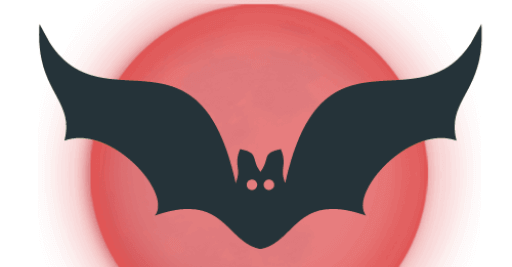Things To Do In London at Halloween
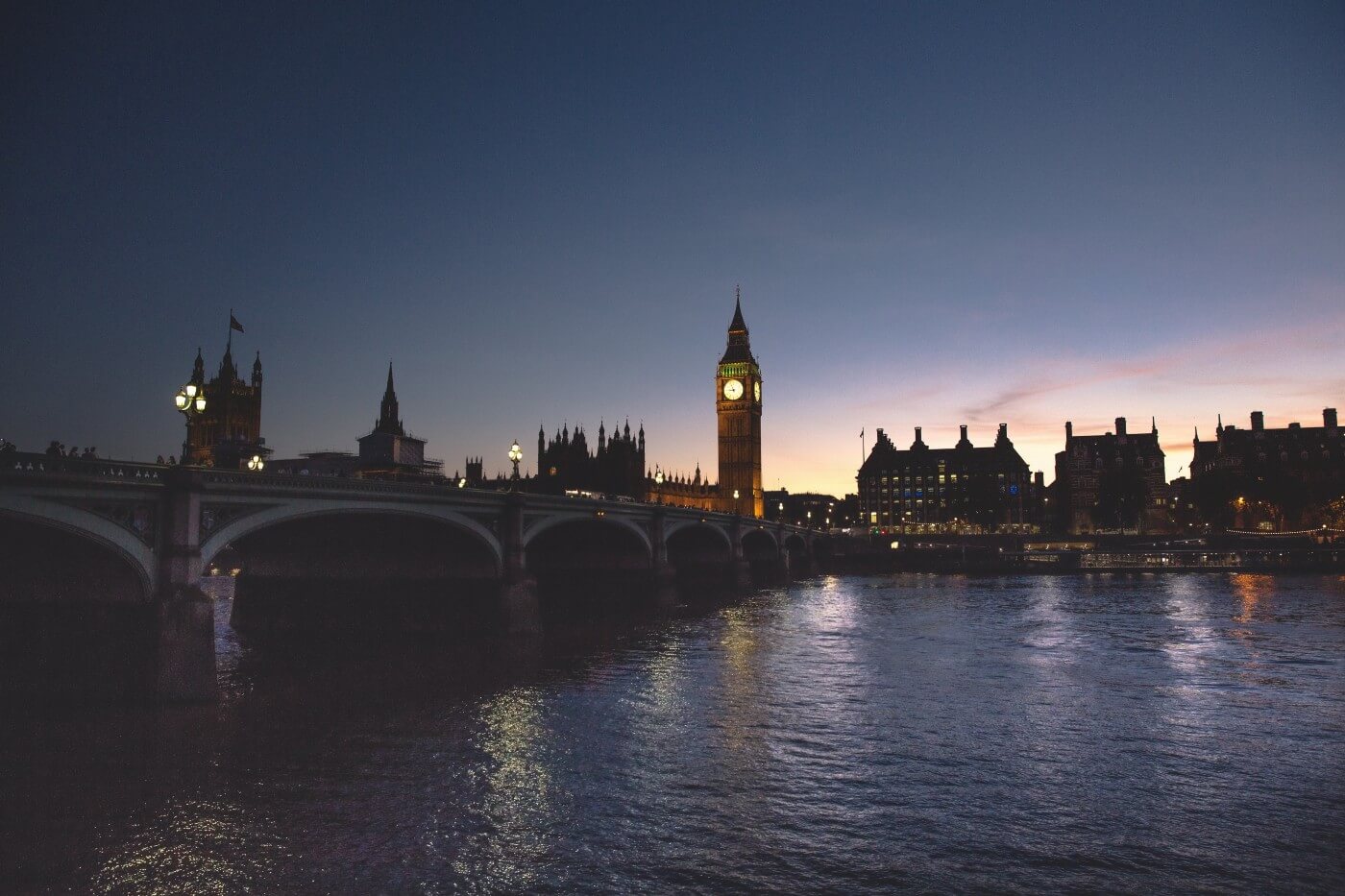
Photo by Thomas Kelley on Unsplash
Experience the Eerie in England’s Capital
Things to do in London at Halloween? England’s capital is a very spooky place.
Like most people reading, I don’t believe in vampires. Perhaps I believe in ghosts, but I definitely don’t believe in werewolves or mummies. Actually, I do believe in mummies, I’m just not convinced not that they can get up and strangle you.
But it’s nice to give yourself a little scare now and again. Maybe I can help you give yourself a tiny scare?
I’ve been involved in ‘haunted tourism’ on and off for a long time now. This article is intended for visitors (or residents) of London, to dip into the eerie and give themselves a tiny scare. You can do some or all, or none of these things.
Just don’t do them alone.
A Quick List Of Things To Do
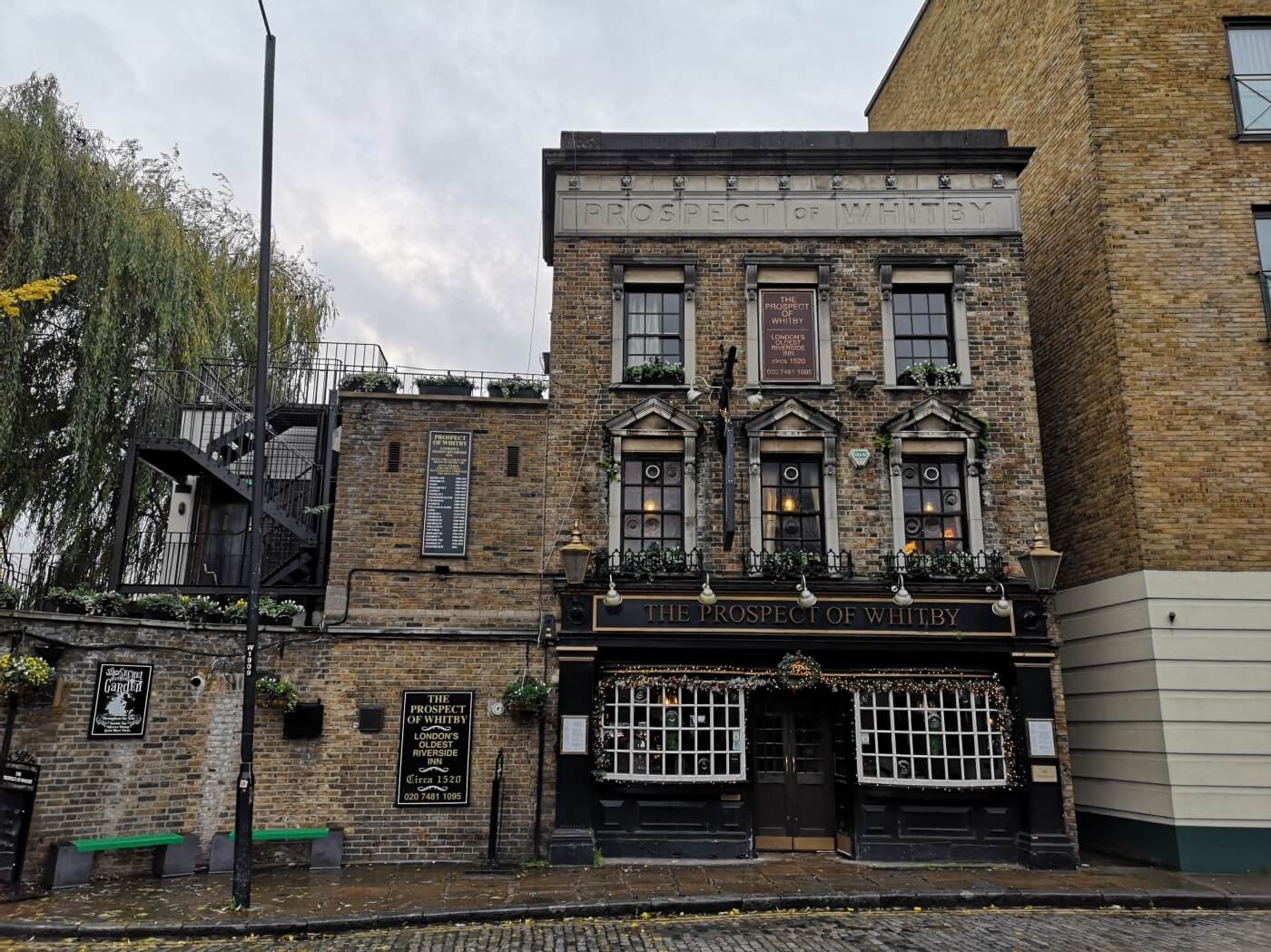
The Prospect of Whitby by Tony Walker
- Go for a drink at the Prospect of Whitby (built 1520) and soak up the atmosphere over a beer as darkness gathers on the misty Thames outside. Originally called The Pelican, it then obtained the name The Devil’s Tavern and was the haunt of pirates and highwaymen. Nearby, was Execution Dock where pirates were chained awaiting the tide and their slow death by drowning. Inevitably, some of these pirate ghosts have snuck into the Prospect. The inside is all old wood, and it hangs over the River Thames, giving it an atmosphere to die for. Samuel Pepys, Charles Dickens, and the painters Whistler and Turner used to drink here, and in 1777, it was renamed The Prospect of Whitby.
- Take a walking tour through the blood-soaked streets of Whitechapel in the footsteps of Jack the Ripper.
- Visit the British Museum and learn of the Mummy’s Curse that haunts the Museum and the abandoned Underground Station below.
- Tour Highgate Cemetery to see the overgrown tombs and look out for the Highgate Vampire.
- Visit every one of Nicholas Hawksmoor’s Churches that form the Unholy Pentagram that stains London with blood and magic. Judge the truth of the weirdness for yourself!
If you want meat to put on the flesh of the activities above, read on:
Highgate Cemetery
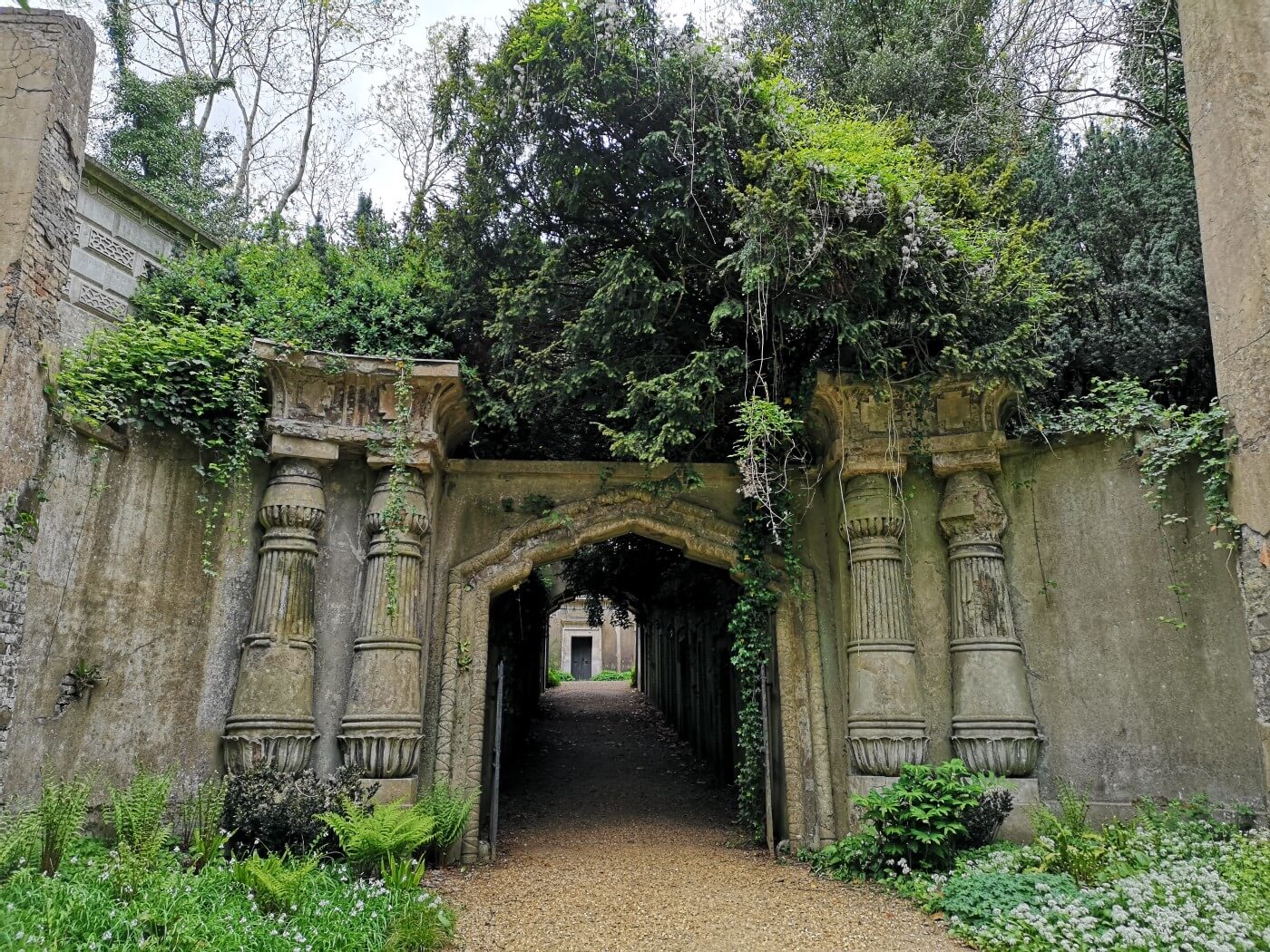
Circle of Lebanon by Tony Walker
Get the Tube to Highgate. Walk down Swains Lane and beware a mounted figure in black as you tread your wary way down the sunken lane with its dense trees on either side. As you go down the hill, you eventually come to two entrances.
On the left is the East Cemetery. It is here that Karl Marx is buried (as well as George Eliot). Every year Communists visit Marx’s grave on his birthday.
On the right, and far more interesting lies the West Cemetery. This site is very overgrown and can only be visited by organized tours and relatives of those buried there. The West Cemetery was the first part of the enormous site to be opened and dates from 1839. At that time, the City was keen to get the dead out of central London and built a ring of grand cemeteries around what was then the outskirts.
Highgate Cemetery was very successful with the Victorians, no doubt partly because of the view down on London. Though the dead might be indifferent to the view, being on the top of Highgate gave them status. They spent a fortune on expensive and wonderfully gothic funerary monuments. There was even a tunnel under Swains Lane, which presumably still exists.
Coffins were lowered hydraulically down to the basement and then traveled under the road via the tunnel, and then pulled up on the other side. There are about 166,800 people buried at Highgate in 51,600 graves. By the 1960s, the United Cemetary Company had run out of money, and the cemetery was neglected and became massively overgrown.
The voluntary Friends of Highgate Cemetary (FOHC) was formed in 1974 to begin again to care for the 37 acres.
It was not until the freehold was obtained that the FOHC could start to do something about the choking brambles and fallen trees that made the West Cemetery an impassable no-man’s land. But in the intervening years when no one looked after the place, some bizarre things went on, and there were rumors of black masses, witchcraft, and vampires.
I recall one of my visits to the Highgate Cemetery. I had a group of tourists with me.
We parked up in Pond Square, where the ghost of a partially plucked chicken has often been seen. Nearby is the place where Dick Whittington and his cat turned and looked down on London. The cat is now forever famous (in pantomimes at least) as a young woman in tights and thigh-high boots.
We walked down Swain’s Lane towards Highgate Cemetery. It was a warm evening in June 2003, around 7 pm. Swain’s Lane is narrow and steep flanked by high walls and trees. It would be easy to believe you were in a country town. As we walked down, we saw a gate in the wall on the right-hand side. Through the gate, you could see a wild place of trees, but the gate was locked. The main entrance is further down on the right.
We had arranged a private tour from the FOHC and were met by our volunteer guide. He was a man in his thirties who had a day job but whose love was clearly his voluntary work at the cemetery.
He told us the volunteers either helped clear the ground around the tombs or worked as guides like him. I had made my group swear not to tell him we were on a ghost tour of England because the FOHC is opposed to such things, for understandable reasons, as we shall hear later.
However, he guessed we were a ghost tour, and he, in turn, made us swear not to mention it to his boss, or we would be thrown out. He collected all our video cameras, though still photographs were allowed. Curiously, in my memory at least, he was an albino, with white hair and pink eyes.
It was still warm and light as we made our way up the hill into the cemetery. You walk through a tangled wilderness of trees and grass with mournful Victorian tombs, often quite huge, lost and forlorn among them. The volunteers have done a fantastic job clearing the paths, but still, there is an atmosphere of romantic desolation and wilderness. It is possibly one of the most wonderful places I have ever been to.
Our guide was good but seemed keen to hurry us along. At times, I tried to gather ones and twos to point out tombs thought to be related to the story of the Highgate Vampire. Our guide perhaps knew what I was doing, but ignored it. The tour took quite a long time, and the light was fading.
The most famous part of the cemetery is the Circle of Lebanon, which is a sunken circle of quite astounding tombs. In the middle of the circle were Lebanese Cedar Trees, but only one survives now. Round the central area is a ring of twenty expensive family tombs. The Circle of Lebanon is approached through an arch of ancient Egyptian design. There is one tomb here which has been concreted up. Why I wonder?
There is an open area at the north end of the Cemetery which abuts the back of Highgate United Reformed Church. This terraced area was once part of Ashurst House; a mansion that was said to have been owned in the nineteenth century by a reclusive gentleman who originated from Eastern Europe…
There are glass panels set in the ground that look down into catacombs. This is the so-called Columbarium. We asked what went on in the catacombs, but our guide jokingly said, “You will never get to see down there; even I am not allowed in the catacombs.”
The Columbarium was said by Bishop Sean Manchester to be the “nucleus of the atmosphere which pervaded the graveyard.” (for source, see below).
I noticed how anxious our guide was to get us out of the cemetery before it got properly dark. A number of us commented on this. Was it because he didn’t want us to be amid the twisting paths once the sun had gone down, a time when the place is left to the birds and beasts? I never found out.
As the music journalist Peter Paphides has said, “Highgate Cemetery has a way of swallowing up the living as well as the dead.”
The Highgate Vampire
It is now time to tell the story of The Highgate Vampire. The two primary sources for this are Bishop Sean Manchester, of the Ecclesia Apostolica Jesu Christi, and David Farrant, one-time president of the British Occult and Psychic Society.
Bishop Manchester’s book The Highgate Vampire was reissued in 1991 by the Gothic Press and is an excellent read.
David Farrant tells his side of the story through the Internet. It would be fair to say that Bishop Manchester and Mr. Farrant are not friends. Indeed, Manchester describes Farrant as:
“David Farrant, a pathetic figure whose infatuation with the Highgate haunting was to earn him and undeserved notoriety, as we shall see, and send him on a helter-skelter into the abyss of the dark occult.”
Farrant is defended against Manchester by an anonymous ex-member of The Highgate Vampire Society (Farrant’s organization) thus:
“You say that the esteemed Mr Farrant is nothing more than a paltry criminal who lives in coal bins and slanders the “Bishop’s” good name any chance he sees fit. However, your comments themselves are rather slanderous. While Mr. Farrant is not a wealthy man, and he has served an unjust prison sentence due to his work, he is far more an important figure in the occult research scene than the self-serving shadowy figure of Sean Manchester”.
After the libel, now the legend. According to Manchester’s book, sightings of the vampire began in 1967. It was around this time that he began to interest himself in the case.
David Farrant, apparently separately, was “called in” to investigate the case around 1969. Manchester provides transcripts of letters from the Highgate and Hampstead Express from the late 1960s and early 1970s from readers who had written in after seeing a tall black figure in Swains Lane.
The second edition of Bishop Manchester’s book contains a foreword by Devendra P. Varma of Dalhousie University, Canada.
The Right Honourable Chevalier Professor Varma (died 1994) was honourary vice-president of the Vampire Research Society. He was 71 when he died. Professor Varma, if I may shorten his title, set the scene so well that I would like to quote part of it:
“Here the finest sampling of funerary architecture rose along labyrinthine paths before a prodigal growth of sycamores and wild foliage engulfed the environs and inaugurated an era of ruin, neglect and decay. Overgrown paths and avenues where trees planted as saplings had grown massive and seeded themselves, obscured the panoramic view of the city.
In this verdure of death there remained visible only decaying mausoleums covered by a mattress of tangled scrubs, dilapidated graves split by expanding trunks of sycamores and scattered old masonry lying twisted across .fallen columns or fragments of broken urns.
Tales of a malignant spectre doomed to wander the cemetery precincts when dusk descends, started to circulate and merge with an earlier legend which pre-dated the graveyard. Something evil held sway in Highgate when on cloudy, windswept heights, the rustle in overhanging branches engendered fears of the shadowy unknown; when, in the eerie, haunted cemetery, near a huge vault, drops of blood were discovered. Reports of sinister and strange happenings accumulated, but the mystery of Highgate remained sealed and secret”.
As well as Manchester’s convincing array of documentation in the form of letters about sightings of the vampire, he also presents notes about the death of animals, particularly foxes, at Highgate and in neighboring Waterlow Park.
Farrant’s website also claims there were dead foxes at Highgate. When Farrant went into Highgate Cemetery (in 1969?), he witnessed what happens when superstition and credulity get out of hand.
I arrived at the cemetery in the morning and spent several hours there. It was the first time I had been there for over two years, and the increase in vandalism was immediately apparent. Vaults had been broken open, and coffins quite literally smashed apart. One vault near the top gate (although not visible from outside it) was wide open, and one could see the remains of a skeleton where it had been wrenched from a coffin. Another vault on the main pathway had been thus entered, and one of the coffins inside set alight.
Farrant decided to spend the night of 21st December, because of astrological reasons, in the cemetery. When he went to scale the north gate after he found it locked. Remember, the cemetery was off-limits to the public in those years. Climbing the gate, he saw an inhuman dark shape standing a little distance away down the path. This figure was seven feet tall. As Farrant dropped down into the cemetery, the mysterious figure inexplicably retreated. Seeing this figure spooked Farrant and he fled. Who can blame him?
After this, Farrant’s British Occult and Psychic Society set up vigils in the cemetery with cameras and tape-recorders. Witnesses were also interviewed. This began in December 1970.
Both Farrant and Manchester report that sightings of a tall malevolent figure were reported long before 1967, mainly on Swains Lane.
Farrant reports that his research at that time revealed that Satanic Black Masses had been held in the cemetery and particularly in the catacombs. Interestingly Charles Dickens moved his deceased daughter out of the catacombs after she’d been in there a while, back to the family tomb. Again, I wonder why.
Farrant says that one mausoleum that was empty of coffins had been converted into a temple with inverted pentagrams.
Farrant linked these diabolical evocations with the vampire, conjecturing that the pentagrams perhaps bound it to this place. Farrant reports that the Satanic groups wrote him threatening letters, warning him to keep out of the area.
Interestingly the writers of these letters name ‘Hadit’ as an entity they revere, and Hadit is part of the terminology of the magician Aleister Crowley’s Ordo Templi Orientis.
The OTO are not in fact Satanists, though they might well use an inverted pentagram as Crowley did, representing the descent of spirit into matter. Farrar is however adamant that the senders, whoever they actually were, were Satanists.
Farrant was arrested for his part in trespassing and alleged vandalism at Highgate cemetery but acquitted. He was arrested again in 1974 for conducting nude rituals with his girlfriend over the graves at Highgate. This time he went to jail.
In 1997, David Farrant formed The Highgate Vampire Society. Shortly after that, in 2001, he disbanded it. But in 2005, he relaunched the group following an apparent sighting of the vampire — a tall black figure seen in Swains Lane — in April that year. This sighting is vigorously rejected as a publicity stunt by Bishop Manchester and his followers.
Bishop Manchester dates his involvement with the vampire to 1967, pre-dating Farrant by two years. His first involvement was with a girl of Polish descent; a girl called Elizabeth. Her father was from Krakow. She and a friend had a vision of corpses rising from their graves, and spilling out through the North Gate of Highgate Cemetery.
This girl, Elizabeth, was the classic example of a young woman plagued by vampires. She had marks on her neck, spots of blood on her pillow. She became pale and listless and was treated for anemia. Most worryingly she kept breaking out of the house in the night and making her way to Highgate Cemetery.
Manchester found other victims of the vampire, a girl on North Road, who had similar symptoms; also finding herself wandering to the cemetery after dark. The victim Bishop Manchester had the most significant contact with, was the beautiful 22-year-old Lusia. Bishop Manchester even painted her portrait.
In common with the other victims, Lusia felt herself drawn to the cemetery. Following her, Manchester was led to the iron-studded door that leads into the catacombs — those catacombs which were part of Ashurst House and had been used for burials by the Cemetery Society before it became defunct. Terrifyingly, Lusia and Manchester heard a “low booming vibration” coming from inside the catacombs. They retreated.
On 13th March 1970, Bishop Manchester set out to hunt for the vampire within the catacombs. Before he went in, he was interviewed by Thames Television. Things became sinister from that point.
“There was no sun at all on that grey, gloomy winter’s day in the late afternoon. No birds sang. No animals moved about. Only the chill wind had life.”
As he was being interviewed, the sound man reported a strange noise that made recording impossible. The camera director fainted to the ground, and at that point an unnatural wind suddenly whipped the trees, sending the interviewer’s notes flying in a whirl of paper and causing the crew’s wires to thrash around. It was as if it were a warning.
The interviewers moved from the North Gate and continued filming the program. Within two hours hundreds of would-be vampire enthusiasts arrived from all over London and the Home Counties. The police had desperate trouble keeping them under control and safe as they scaled the walls and tried to get into the cemetery. Many claimed to see things in the gathering gloom.
For his part, Manchester entered the catacombs by rope. Inside, among other things, he found three empty coffins. He lined these with garlic, placed a cross inside them, and sprinkled them with holy water.
Having denied the vampires their resting place, he climbed back up the rope and left the catacombs (The Columbarium). The crowds remained, and at 2 am, the unnatural low booming noise was heard again from under the ground below the cemetery.
Five months later in August 1970, the local paper reported that a corpse had been dragged out of its coffin and beheaded. The police at the time suspected it was to do with black magic, and would-be vampire hunters were regularly desecrating the cemetery. The body was found near the place Lusia had led Bishop Manchester to. Prompted by this, Manchester returned and was horrified to find that one of the coffins had vanished. Manchester persuaded Lusia to come back to the cemetery. She was strangely led to the tomb in the Circle of Lebanon from which the corpse had been dragged.
Bishop Manchester suspected that this was where the third coffin had been moved to. The tomb is now closed up with concrete, but then he managed to break his way in. There were a lot of coffins in that mausoleum: too many.
One coffin had no nameplate and was in far better condition than the others. Inside he found the vampire, bloated, bloody mouthed and with glazed staring eyes, a corpse of apparently no more than three days. Ignoring his instincts to do the right thing, and stake the vampire, he stopped short of the desecration and instead sealed the coffin with garlic and holy water.
Outside, Manchester began an exorcism. The horrible booming started again as he spoke the ancient sacred words. On his recommendation, the entrance to the tomb was bricked up and has never been opened since.
However, as Manchester himself reports, the visitations of the vampire did not cease. A patient from a hospital in Surrey was found covered in blood in the Cemetery, his throat opened by something unknown. The drained carcasses of animals were still found.
Manchester’s researches revealed that Ashurst House, which had stood on the site, had also had a reputation. In the eighteenth century, the house had been sold to a mysterious gentleman from the Continent. Afterward, there were reports of strange figures in the area. In 1812 the house became a girls’ school, and there were persistent rumors of a tall, grey figure seen hovering in the moonlight above the overgrown garden. In 1830 the house was demolished, and the church of St Michael (that angel who vanquishes the Beast in the Book of Revelations) was built on the site. The grounds were sold to the London Cemetery Company.
In 1973, rumors began to surface that an old house in nearby Hornsey had become the abode of something evil. In there Manchester found the vampire he thought he had seen the last of when he had its tomb bricked up. This time there were no doubts or distractions. With his companions, he lifted the lid of the coffin and readied his wooden stake.
“‘In God’s name, strike!’ cried Arthur.
With a mighty blow, I drove the sharpened point through the creature’s heart, then shielded my ears as a terrible roar rose from the bowels of hell. This died away as suddenly as it had erupted and we all became still. We witnessed the body-shell cave in and quickly turn filthy brown which soon became a sluggish flow of inhuman slime and viscera in the bottom of the coffin.”
As far as Bishop Manchester is concerned, that was the end of the vampire.
So with this in mind, perhaps Highgate Cemetery is worth a visit?

Photo by Robert Thiemann on Unsplash
The British Museum
Read more here
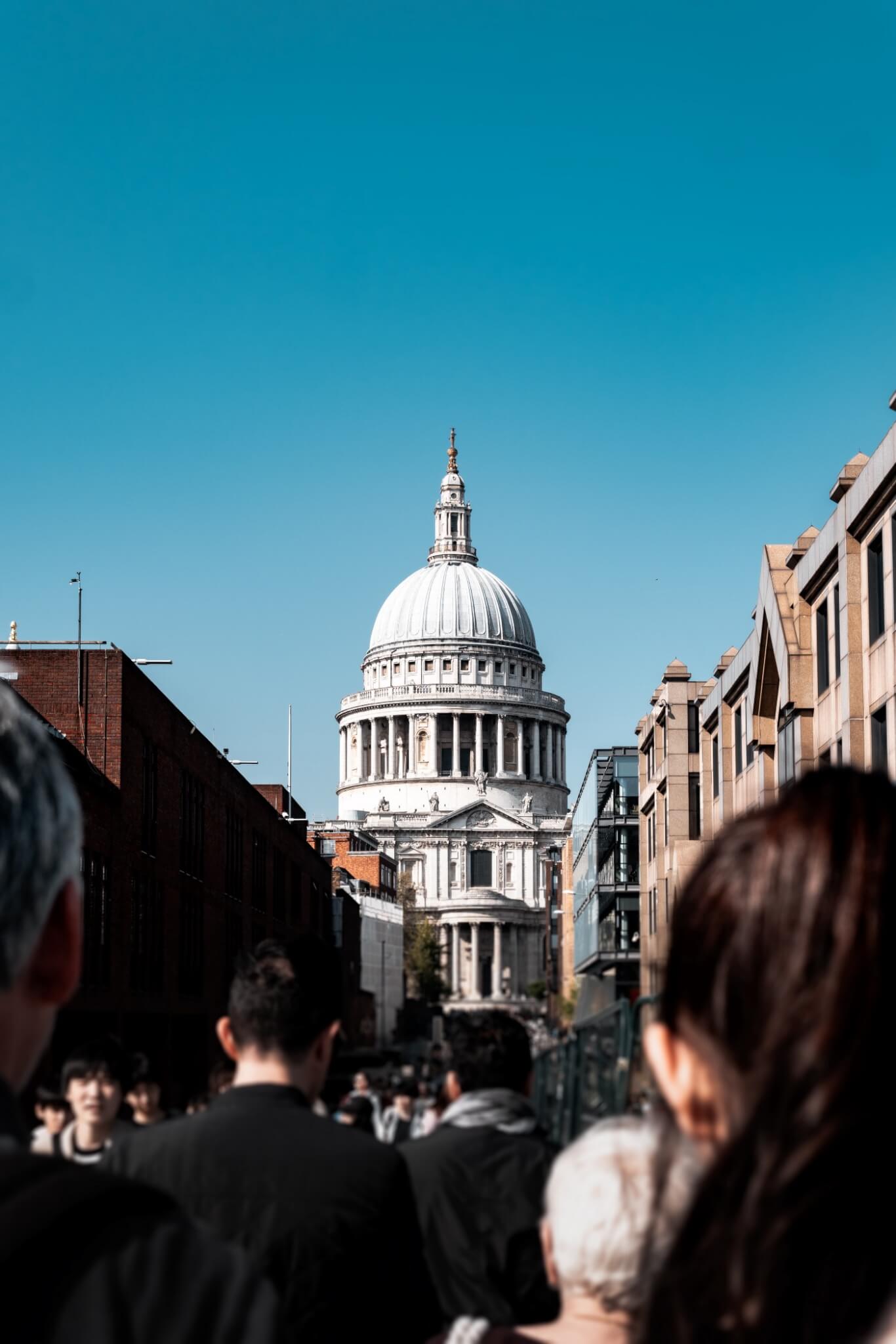
Photo by Mitchell Henderson on Unsplash
The Unholy Pentagram of London
Read more here

Street Light by Tony Walker
That exploration of the mythology of Hawksmoor’s London Churches connects us with Jack the Ripper. Though Jack was most probably a human murderer, his mystery has gathered many occult theories as the decades and centuries have gone by.
Jack The Ripper
Read more here
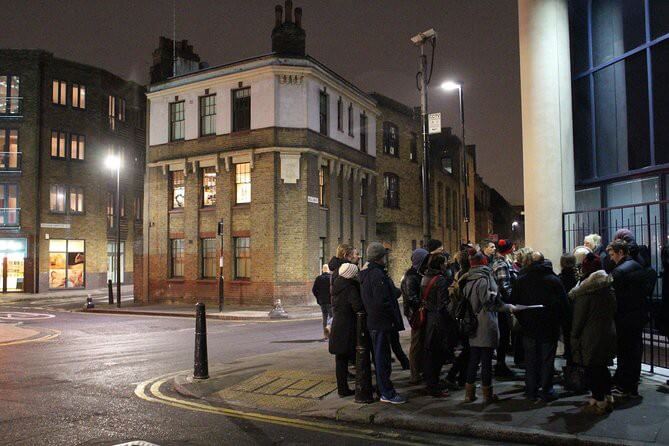
Jack The Ripper Tour by Viator.Com
Conclusion
You now have the information for a ghoulish and ghostly — not to mention vampiric — few days break in haunted London!
I hope you enjoy your trip, don’t get bitten, and if you do, write back to me.
